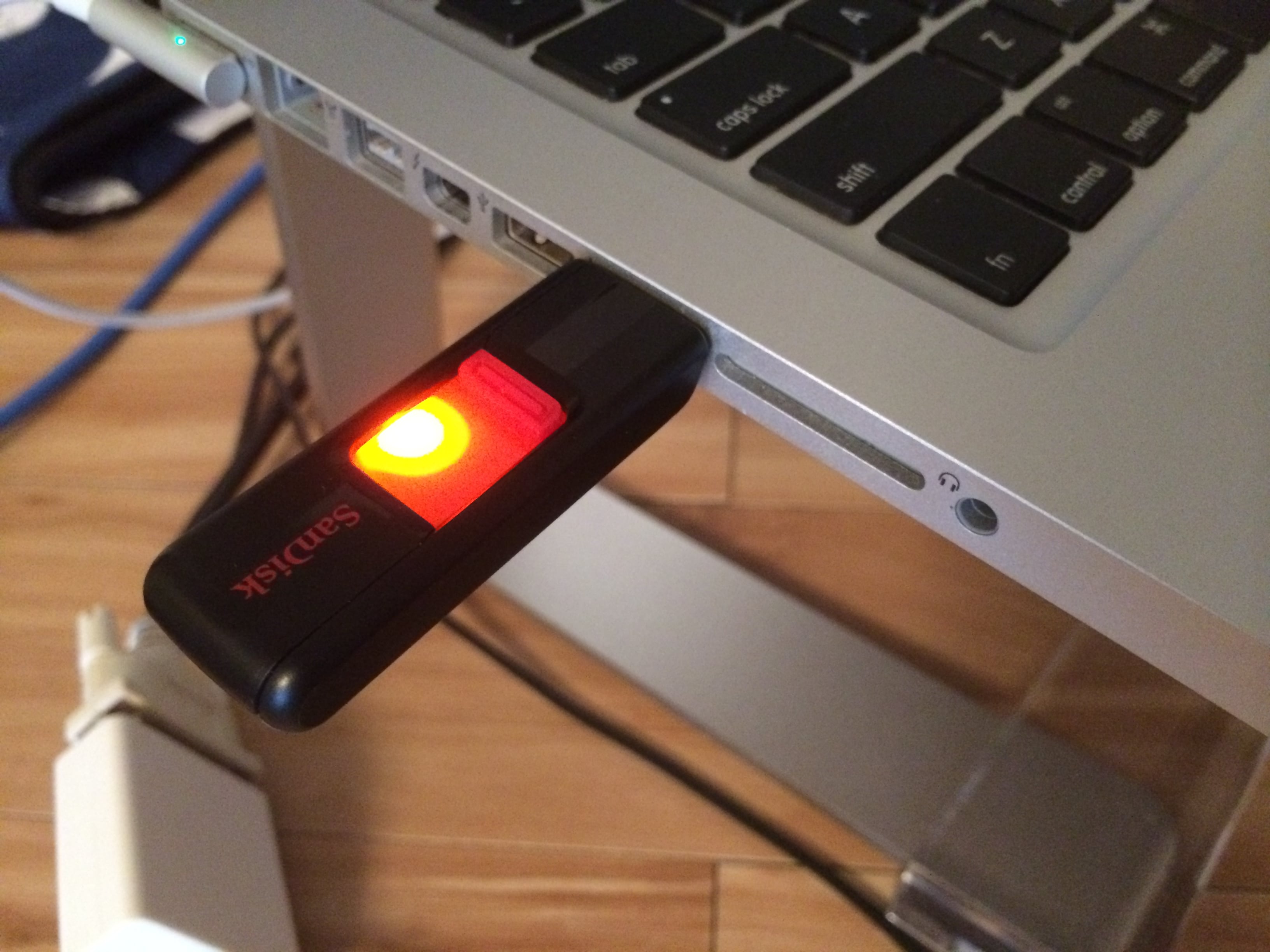

From Terminal, run the following command (replace Untitled with the name you used):.Format an 8GB or larger USB drive as “Mac OS Extended (Journaled)” and give it a name or keep the default of “ Untitled “.Do not perform the installation until you’re done, because otherwise it will remove the 5+ GB file you need. From your current OS X installation, go to the App Store and download OS X Mavericks.

The downside of these methods though, is that you need to have a working OS X system to be able to use them.Ĭreate an OS X 10.9 Mavericks bootable USB flash drive There are however many people with similar needs that provide information on how to create both. Unfortunately Apple doesn’t provide an ISO download or a tool to create an ISO or bootable USB drive. I also don’t want to download the 5+GB update file every time I upgrade a system. Even though downloading from the App Store works great for updating, I also want to be able to perform a clean install and create VMs running OS X 10.9 Mavericks. Get our latest MultiBeast and UniBeast tools from the downloads section.This week Apple released OS X 10.9 Mavericks for free through the App Store. If you don't have a user account, create one!Ģ. Install the bootloader and drivers using MultiBeastġ. Download the OS X Mavericks Application from the Mac App StoreĤ. To start from scratch, booting the 10.6 Snow Leopard Retail DVD directly, check out iBoot + MultiBeast.ġ. This is a requirement, as you need access to the Mac App Store to download OS X and create the installation drive. In order to start fresh, you'll need access to a functional computer running Mac OS X Snow Leopard 10.6.8 or later. UniBeast is a tool that creates a bootable installer out of your downloaded version of OS X. It requires no experience and all of the necessary installation and post-installation tools are available on. The following guide is a complete walkthrough to installing or updating to the latest version of OS X. Building a CustoMac Hackintosh: Buyer's Guide


 0 kommentar(er)
0 kommentar(er)
